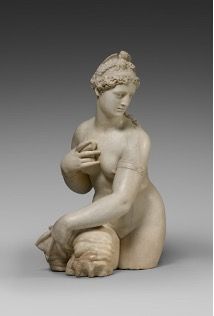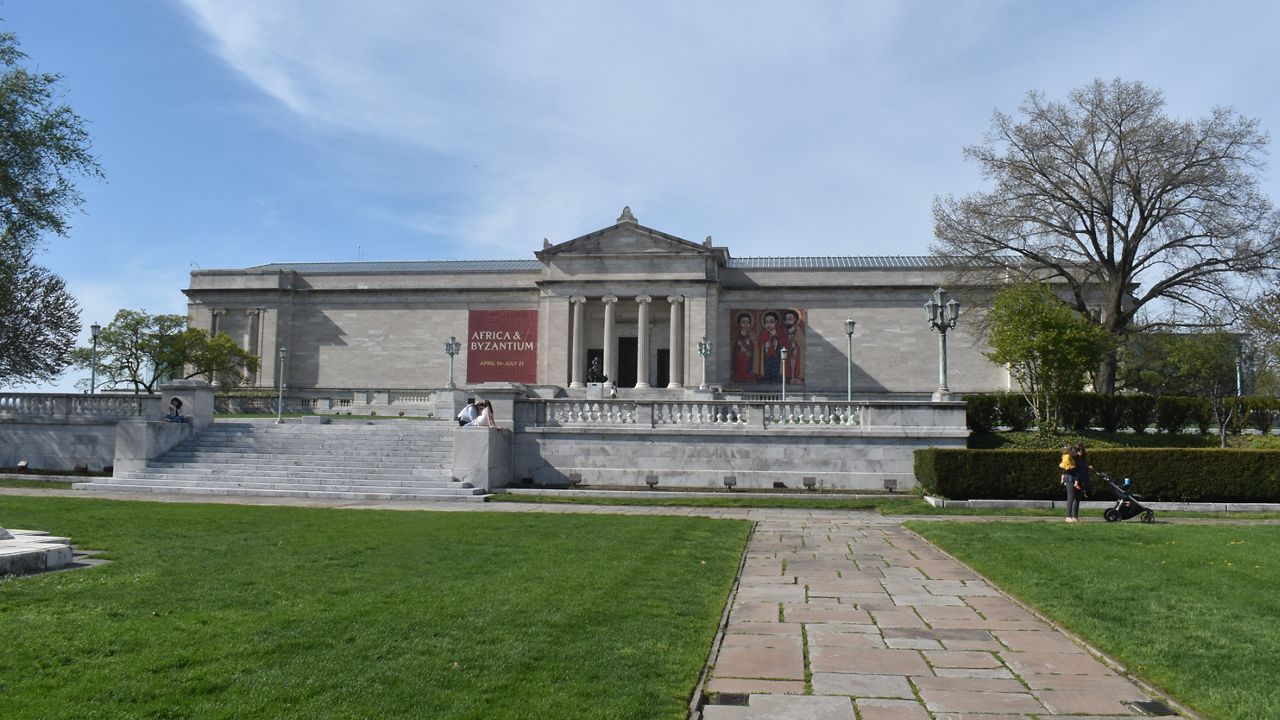CLEVELAND — The Cleveland Museum of Art has managed to acquire another sculpture, Giambologna’s Fata Morgana, what they said in a press release is the last known marble from the sculptor that was held in private hands.

“The Fata Morgana is a masterpiece within Giambologna’s oeuvre, deploying his favorite subject in marble—the female nude—to express his trademark modeling and dynamism,” the release reads. “This extraordinarily rare and internationally renowned sculpture will go on view in a dedicated gallery of the Italian Renaissance collection (117B) of the Cleveland Museum of Art on August 30.”
The artist did not create many works using marble, and this represents one of only two such works in the U.S. and one of only three outside Italy, the museum said.
The other American museum housing a marble sculpture from the artist is the Getty Museum in Los Angeles. Another can be found in the Victoria and Albert Museum in London. The others require a trip to Italy to be seen.
According to Brittanica, Giambologna was born in 1529 in Douai, in the Spanish Netherlands, and died in 1608 in Florence, Italy. The encyclopedia entry states he "was the preeminent Mannerist sculptor in Italy during the last quarter of the 16th century."
“It would be difficult to overstate the significance of the purchase of Giambologna’s Fata Morgana to the narrative of art history that we are able to tell at the Cleveland Museum of Art,” said William Griswold, director and president of the Cleveland Museum of Art, in the release. “We are delighted to share this rare masterpiece with our audiences.”

According to the museum, this piece was commissioned around 450 years ago (early 1570s) by banker and advisor Bernardo Vecchietti.
The Vecchietti family owned the sculpture for around 200 years.
“Eighteenth-century inventories trace its movement, documenting that by 1730 it had been removed from its niche behind the fountain but remained inside the grotto, and by 1755 it had been placed inside the villa. In 1768, English artist and art dealer Thomas Patch offered the Fata Morgana to the wealthy collector Charles Townley of Lancashire, and in 1773 the sculpture was recorded in the possession of Patch in Florence.”
Eventually, an export license was given for the work to be sold in 1775. All we know about who bought it, according to the release, is that they were “an elderly English gentleman.”
“Thereafter the sculpture remained in England, misidentified by the time it was owned by a private collector around 1950; it was reattributed to Giambologna only after it appeared on September 13, 1989, having been consigned by Charles Worley of London to Christie’s Wrotham Park sale, where it was catalogued as ‘an eighteenth-century white marble half-length figure of Venus Marina,’” the release reads.




